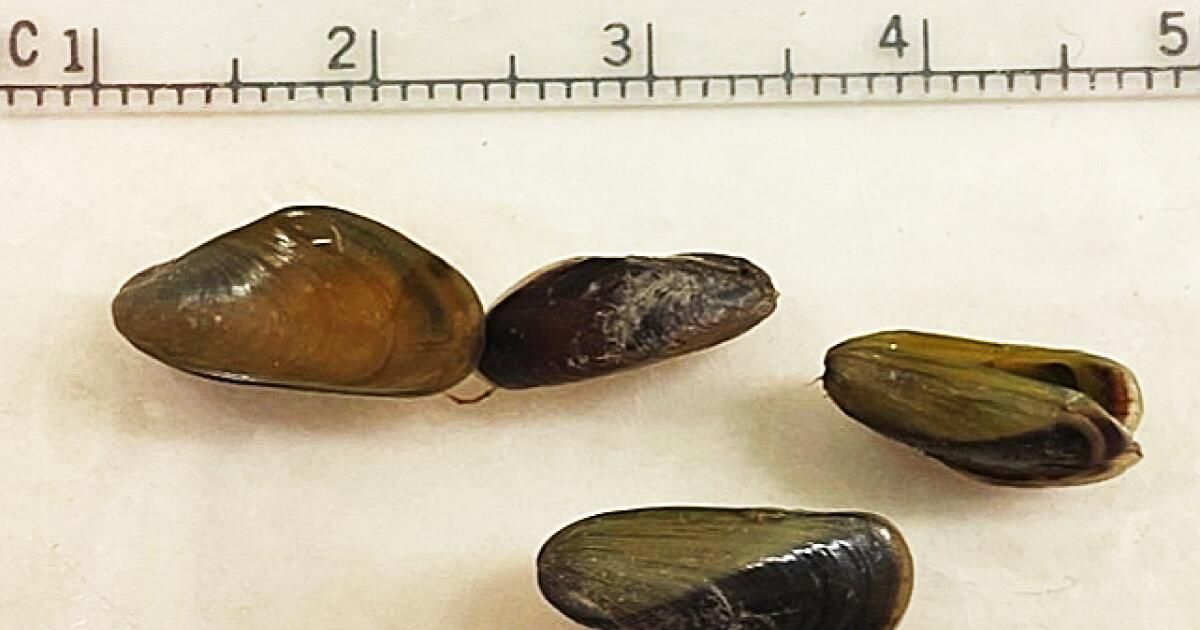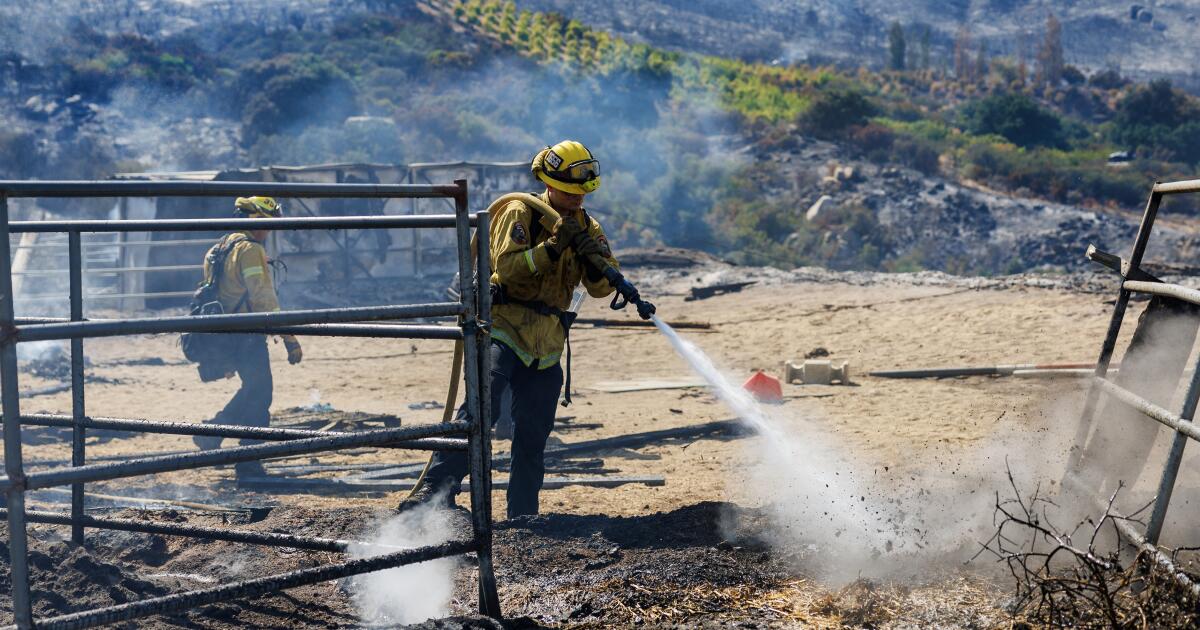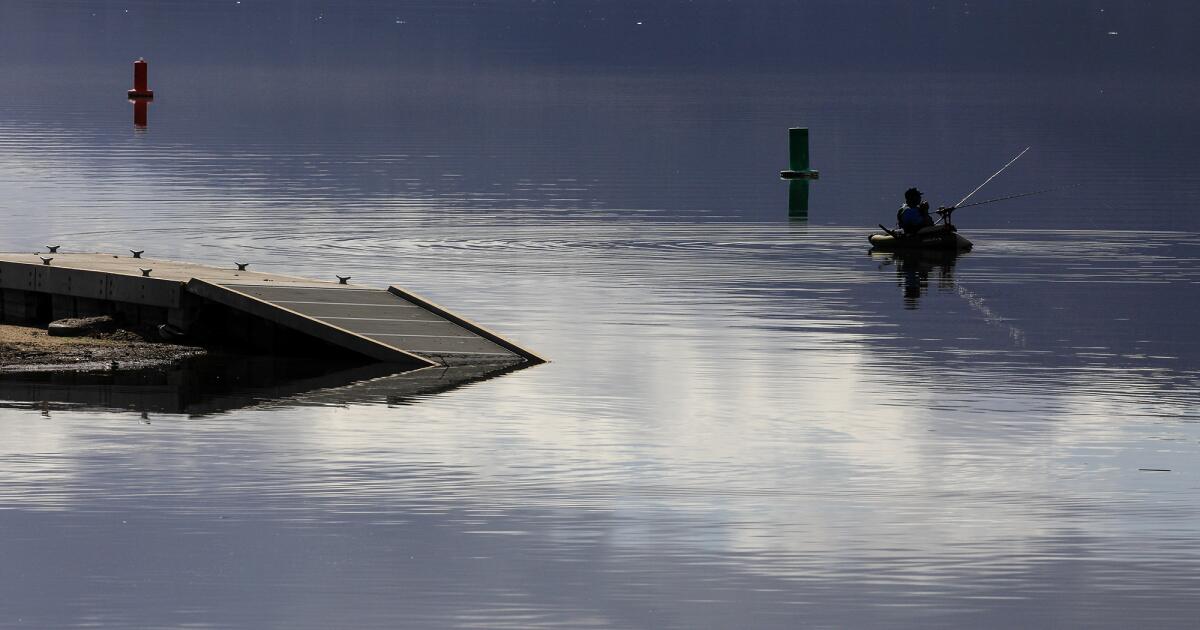A particularly concerning mussel species has entered North America for the first time through the Sacramento-San Joaquin River Delta, causing what many call an immediate threat to California's major watersheds.
Golden mussels, invasive freshwater bivalves that have devastated ecosystems and critical water infrastructure in other parts of the world, were recently discovered near Stockton Harbor. Limnoperna Fortunei They also appear to have reached many miles downstream to the O'Neill Forebay of the San Luis Reservoir, where Merced County officials have been rapidly conducting genetic testing.
“The species poses a significant immediate threat to the ecological health of the Delta and all state waters, water conveyance systems, infrastructure, and water quality,” according to a public alert from the California Department of Water Resources and the California Department of Fisheries. and Wildlife. “This discovery is the first known occurrence of golden mussels in North America.”
These mussels likely infiltrated California via a ship traveling from an international port and are likely spreading throughout the Delta and through aquatic infrastructure associated with the Delta, officials said in a statement. “Without containment, golden mussels are likely to spread to other bodies of freshwater in California and to other ports and inland waters in North America and abroad.”
These tiny, dark yellowish mollusks, native to the rivers of China and Southeast Asia, have already wreaked havoc in South America and for years have kept officials and environmentalists across the United States on high alert. In every country where mussels have taken over, the initial introduction also seems to be from ships: on the hulls or from the release of ballast water.
And in most of these cases elsewhere, the golden mussel's range expanded rapidly up or down from the point of introduction, usually at a port and then through local human-mediated pathways, officials said. .
The golden mussel, a fresh and brackish water species, can tolerate wide ranges of salinity, temperature, and pH levels, and can travel much further than people might think. Shortly after fertilization, the larvae become motile and are capable of coordinated swimming as they disperse in the water column.
Acquisitions of golden mussels in other countries have shown that the species can grow in groups or colonies containing between 80,000 and 200,000 organisms per square meter.
Wildlife officials have noted that the golden mussel can survive in waters with considerably lower calcium content than the quagga mussel or zebra mussel, which has caused quite a few problems in lakes and reservoirs in California, as well as in the California region. the Great Lakes and in many other lakes throughout the United States.
In addition to disrupting the ecological balance of an entire body of freshwater, golden mussels pose a significant threat to California's water infrastructure. These mussels can clog critical water intakes and fish screens and also foul main pipes that your water supply depends on.
Agricultural irrigation and power plant operations could also be significantly hampered, and if past mussel infestations are any indication, golden mussels could also severely impact boating and recreation by fouling docks, engines and steering equipment.
In California, a team of state, local and federal agencies has been actively monitoring and coordinating next steps to contain the spread of the species in California and beyond. Officials have asked anyone who works and recreates on California lakes and rivers to clean, drain and dry their boats and equipment every time they are removed from a body of water. (The California State Parks Division of Boating and Waterways has a web page detailing how to “clean, drain and dry” a boat.)
“This simple measure has served to prevent the spread of quagga and zebra mussels and is equally effective in stopping the terrestrial spread of the golden mussel,” officials said.
Those who observe suspicious golden mussels in California are asked to submit a report through the CDFW Invasive Species Program by either completing the online form or sending an email [email protected] or by calling (866) 440-9530. Please note that officials request that these citizen reports include the specific location of the observation and at least one clear close-up photograph of the mussel.












